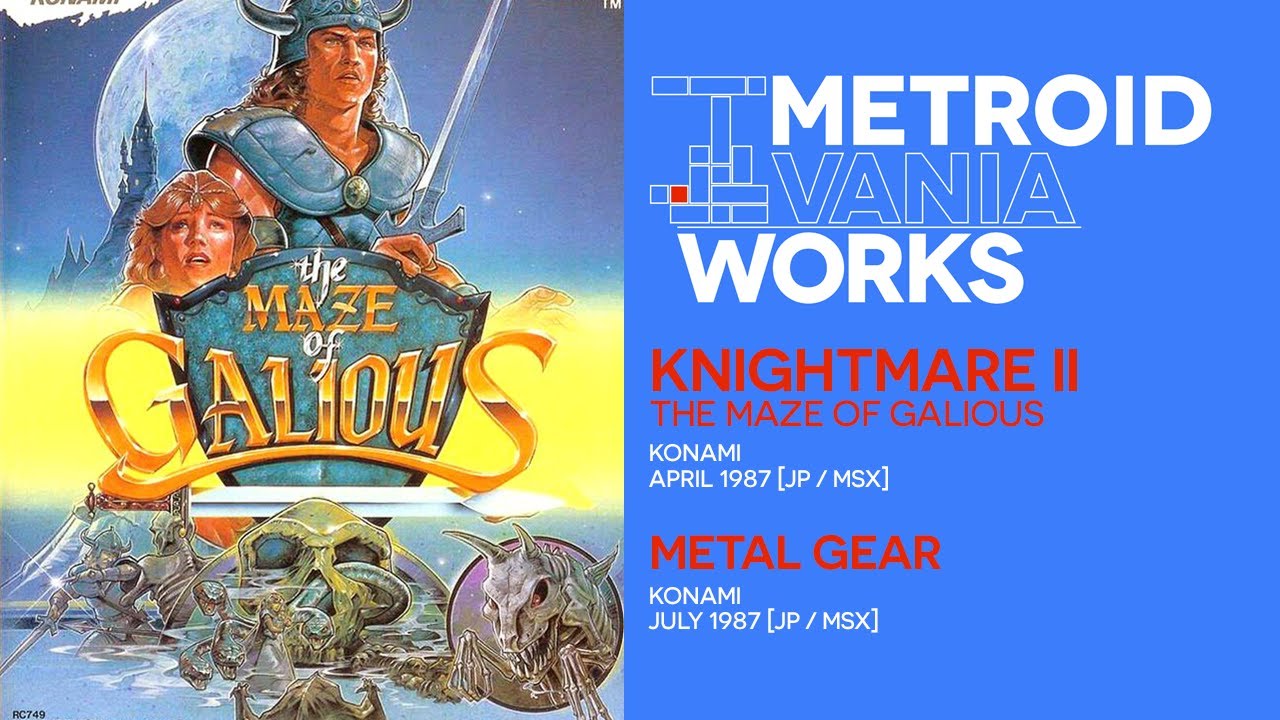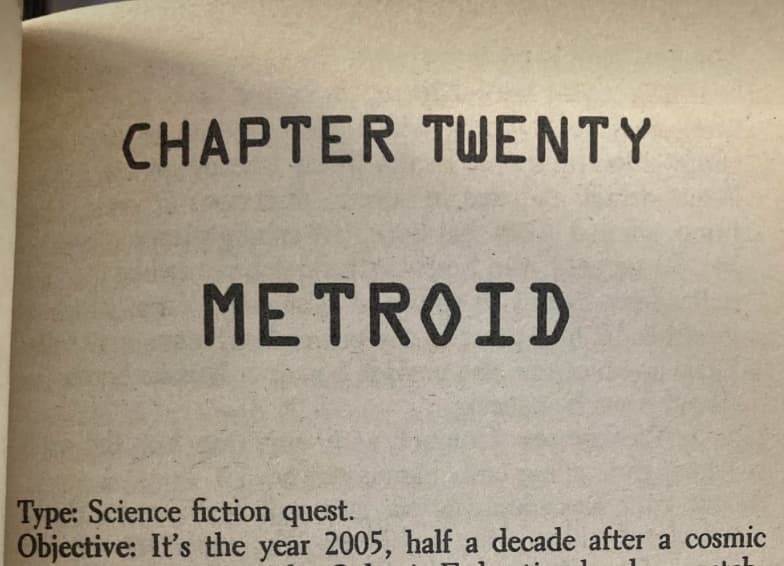A Metroid-like has some key features I would identify:
- Non linear critical path
- Primarily in control of one character (or team of characters)
- “Action Adventure” in the sense that you are generally a person or thing that is both fightin’ and runnin’ around
- Interconnected, persistent game world on a macro level
- Emphasis on navigation/pathfinding, as in, a distinct hesitancy to communicate to the player where to find the critical path at any given time, or even how to connect different points of the critical path to each other
- Progression is guided by the discovery of a cohesive suite of character abilities, in-game resources, or mechanical functions
- Said character abilities, in-game resources, or mechanical functions lend the player character(s) a mixture of combat, mobility, interactive, or logistical advantages/tools.
- Through the unlocking of said stuff, regions, secrets, or barriers to progress placed by combat challenges/hazards become passable, expanding the accessible spaces in the aforementioned interconnected and persistent game world.
All of these characteristics come with a major caveat… there are varying degrees to which these features can and cannot be illusory.
What I mean by that is that, for instance, all Metroid-likes need some degree of non-linearity in the critical path, it can’t just be a linear path with clever tricks to make you forget you don’t actually have any real agency to decide on where to go, like having just a series of branching paths in between consistently converging points on the critical path that you can’t do out of order. If you get to critical path point 1, and you can Task 1A, Task 1B, Task 1C and Task 1D in any order, only to just end up at critical path point 2, and you are intentionally gated from doing 2A, 2B, 2C, and you can’t even think about doing critical path point 3 or 4, I’m not sure that meets the genre characteristics. A Metroid-like would be designed in such a way that even if you had to do CPP 1 before CPP 2, it would be less worried about directing you after that, and you could do CPP 3 or 4 as you wish.
Another example of how this genre’s conventions can be a bit illusory is when the tools you unlock are more like abstracted keys rather than an actual expansion of the mobility or interactive functionality of your character. Getting a double jump and being able to reach higher areas is simple enough, it makes things previously inaccessible accessible by expanding the player character’s available ways of interacting with the game world. To pick a somewhat more illusory example that’s within the genre, Metroid’s space suit by default will not allow her to explore super hot regions like down into an opening in the core of the planet where it is extremely hot. Getting Metroid a Varia Suit upgrade means that she can withstand super high temperatures, and as such those areas of the game world become accessible.
However, you could make the argument that the Varia Suit’s exploratory function is equivalent to if you had just placed impassable doors around the regions they wanted to gate off until you got the Varia Key, right? More than a lot of other action adventure games, though, Metroid-likes commit to not just creating those interconnected persistent worlds, it commits to creating the persistent illusion of a certain attitude towards traversing it. The Varia Suit is a more convincing illusion of being a functional tool because it generally also comes packaged with a defense boost, and is thus both a logistical and a combat upgrade. So if the Varia Suit is the Key to the impassable barrier of super hot temperatures, it is also a means to better traverse the rest of the game world in its totality, since you’re getting a significant combat upgrade. I mean, not that Metroid-likes don’t also have keys a lot of the time too, it’s just that, the most conventional of them will put in work to make those at least less significant feeling than the expansions of your player character’s abilities, usually by ensuring many of those new abilities have combat functionality as well as mobility functionality or logistical functionality. You don’t beat a boss just for a key, you beat a boss for a Triple Jump, or, at least, a Magma Ray and a key.
Maybe the most genre-defining element of a Metroid-like is, I’d say, a distinct hesitancy to direct the player along the critical path, or, at least, a hesitancy to too clearly communicate what the connections between points in the critical path are. The player is left to piece together how it is to find points in the critical path, and often, how to traverse and navigate through the world to get to them. Even simple branched paths become something with an overall different psychological effect when nothing compels you to go down one branch instead of the other, or the branches twist around each other, and there’s no real way to tell whether you’re being asked to pick down forks in a road to begin with, and so on.
Navigation and pathfinding stay a continuous part of the gameplay, in the sense that traversal through the world is a lot more complicated than just getting from point A to point B, because that will often have multiple possible routes, how you traverse through the gameworld changes on a micro scale too as you unlock more mobility upgrades, which can also unlock even more possible routes as you can access new shortcuts or just more alternate pathways.
Even just as it might seem that a Metroid-like is directing you to a specific location for a specific reason. A fun one that plenty of Metroid-likes do is to put a point of interest on the map, but in a point in your map that remains completely blank between that point and the nearest part of your map that has been explored. This is giving you direction, but really only in the vaguest sense of compelling you to head literally giving you a direction to head roughly in, with no actual path even hinted at until you get closer to it. Even more so when your map doesn’t even suggest a potential path to this goal, implying you need to figure out how to even begin heading in that direction.
I would say that these games are more about navigation than exploration. I think you can explore in many games that aren’t Metroid-likes, because exploration is more about seeing and experiencing, which you can do by just knowing there is unexplored space. Navigation implies that the act of finding the path is a more involved process than just following a quest marker and understanding there are things to do and see within the lines of the map. Navigating through Metroid-likes feels different, I think, because they structure the worlds and gate, guide, onscure, and hint at directing you around them in a way that will make you feel that the map is, well, a map in a more literal sense, as in, a visual representation of just one part of a cohesive physical space that has blank spaces only because you haven’t filled them in, rather than like in other action adventure games where you feel it is a HUD feature that shows you explicitly where the in-game space ends.


